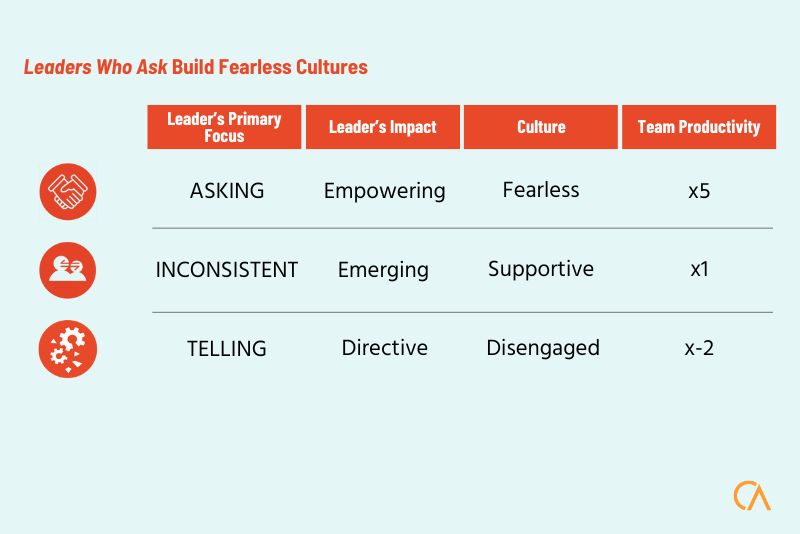
What is one of the most common challenges CEOs ask me about?
‘My biggest challenge is to get my executive team working better together. I get involved in too many things that they should be sorting out between them.’
The top team are all adults, right? So why is the CEO too often left feeling like a parent who needs to bring the kids together?
Here are five factors that may be contributing:
- Lack of role clarity. When the responsibilities are unclear, tension often results. Things are double handled or missed altogether. Lower-level leaders are left confused, and turf wars are perpetuated through the organisation.
- Lack of clear priorities, both individually and as an organisation, resulting in competition for headspace and resource.
- Tensions fester under the surface, and then explode, bruising relationships.
- Mismatched expectations. The executive team have not discussed what they expect from each other and from the CEO (and vice versa), and there are no agreed and shared team norms.
- The CEO suffers from ‘executive sandbox syndrome’ (hat tip to Patrick Lencioni who coined that term) where the work of their direct reports is easier than the CEO’s own work. Unnecessary CEO involvement shifts the balance, creating confusion and allowing executives to step back.
What’s needed? Fearless Leadership Teams:
- Create role clarity. (And where clarity is not possible, agree on the key principles.)
- Debate the priorities, with agreement providing clarity on what’s in and out of scope, and where to dedicate limited resources.
- Communicate openly, with issues surfaced and addressed in ways that build and not bruise relationships. Agree on team terms of engagement that define expected behaviour.
- Challenge the CEO when they get involved where they aren’t needed.
And the Fearless CEO? He or she needs to stop doing the work of others and focus on creating the conditions for a Fearless Leadership team.
Go fearlessly
STAY IN THE LOOP





